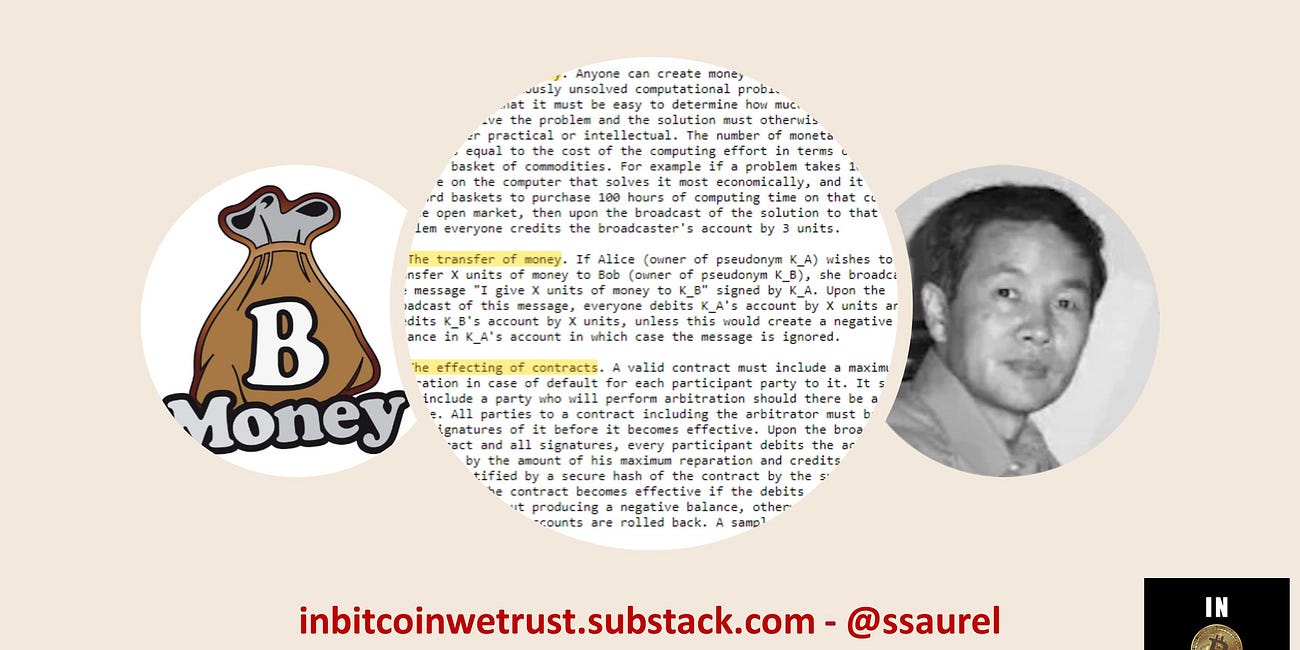The Ghosts in the Machine: How Bitcoin's Ancestors Paved the Way for a Financial Revolution.
Bitcoin is the tip of a massive historical iceberg, and to truly understand its power, we must explore the vast, unseen world of its ancestors.
Most people think the story of digital money began in 2008 with a mysterious whitepaper from an author named Satoshi Nakamoto. This origin story, while compelling, is a myth. Bitcoin wasn’t a lightning strike from a clear blue sky; Bitcoin was the final, perfectly placed stone atop a pyramid built by decades of forgotten pioneers, failed experiments, and revolutionary ideas. It’s the tip of a massive historical iceberg, and to truly understand its power, we must explore the vast, unseen world of its ancestors.
These are the stories of the OGs of internet money—the dreamers, the geniuses, and the outlaws who dared to imagine a world where value could move as freely as information. Their projects are the ghosts in Bitcoin’s machine, and their successes and failures are the lessons that set the stage for a global financial revolution.
25 Years Ago, Wei Dai Proposed the B-Money Protocol, Which Many Consider a Crucial Stepping Stone to Bitcoin.
While today is November 27, 2023, few of you will know that yesterday was a special day. Just 25 years and one day ago, on November 26, 1998, computer scientist and cryptographer Wei Dai proposed a protocol called “B-Money”.
The Cypherpunk Dream: David Chaum’s eCash and the Quest for Digital Privacy
Long before Bitcoin, in the nascent days of the internet, a movement of cryptographers and privacy advocates known as the “cypherpunks” foresaw a looming threat. They knew that as our lives moved online, our financial transactions would become an open book for corporations and governments. Their solution wasn't just a new payment system; it was a philosophical statement.
At the forefront of this movement was David Chaum, a brilliant computer scientist who, in the 1980s and early 1990s, created eCash. This wasn’t just a precursor; it was one of the first true attempts at anonymous digital cash. Chaum’s innovation was a cryptographic technique called “blind signatures.” In simple terms, it allowed a bank to sign a digital note without actually seeing the note itself. This meant the bank could validate that the money was real, but it couldn’t trace who was spending it or where. It was the digital equivalent of a pristine, untraceable banknote.
Keep reading with a 7-day free trial
Subscribe to In Bitcoin We Trust Newsletter to keep reading this post and get 7 days of free access to the full post archives.


